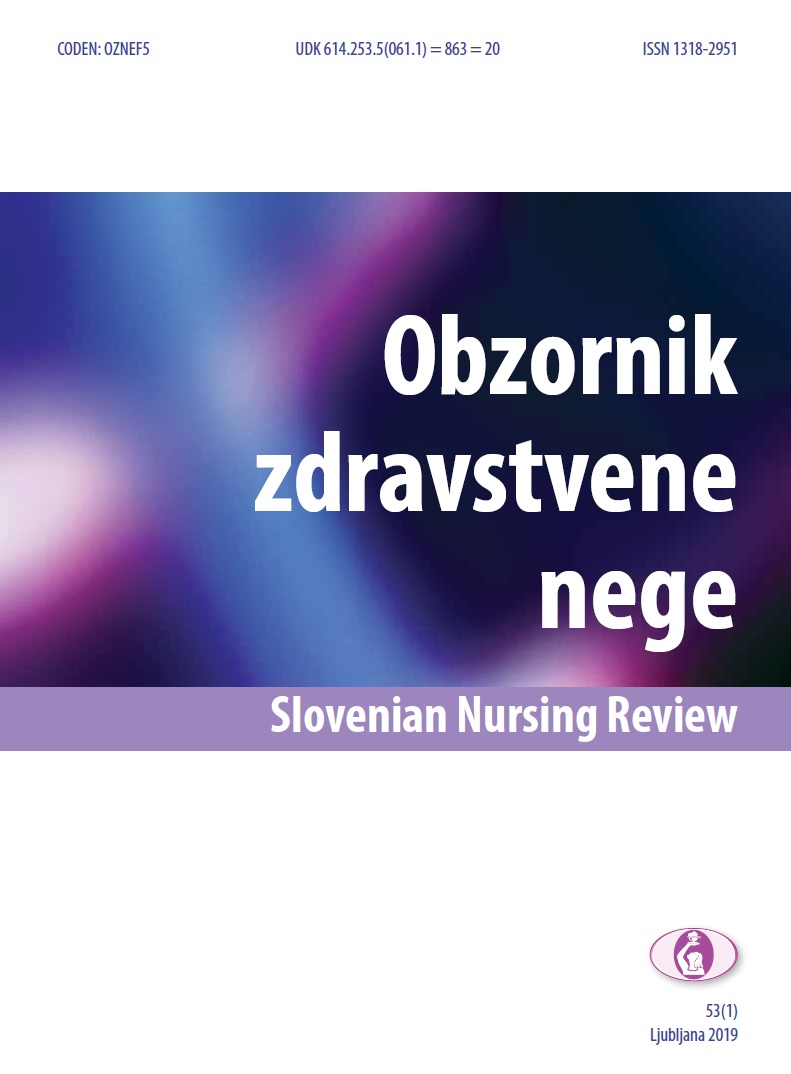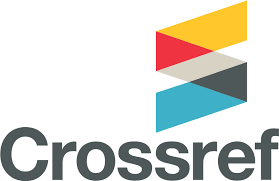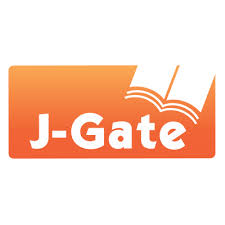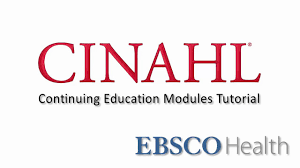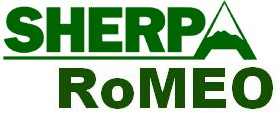Razumevanje in umeščanje matrike štirih ravni kompetenc in kategorij izvajalcev v zagotavljanje zdravstvene nege
opisna raziskava
DOI:
https://doi.org/10.14528/snr.2018.52.3.267Ključne besede:
izobraževanje, evropska direktiva, zdravstveni asistent, diplomirana medicinska sestra, specializacija, znanstvena disciplinaPovzetek
Uvod: Trenutna kompleksnost pacientovih potreb zahteva revizijo in razširitev kompetenc poklicev v zdravstveni negi, ki bo zagotovila optimalne zdravstvene izide. Cilj raziskave je bil preveriti razumevanje štirih ravni kompetenc pri zagotavljanju zdravstvene nege in s tem povezanih štirih kategorij izvajalcev zdravstvene nege.
Metode: Uporabljena je bila opisna kvantitativna metoda. V raziskavi je sodelovalo 365 oseb s področja izobraževanja in kliničnega dela v zdravstveni negi. Uporabljen je bil strukturirani vprašalnik, ki je temeljil na štirih ravneh kompetenc in kategorij izvajalcev v zdravstveni negi.
Rezultati: Učitelji srednjih šol se manj strinjajo s poimenovanjem poklica zdravstveni asistent (p < 0,001) ter splošnimi (p < 0,001) in specifičnimi kompetencami za ta poklic (p < 0,001). Nasprotno menedžment (p < 0,001) in tisti, ki so se izobraževali iz raziskovanja (p = 0,030) in na dokazih podprtega dela (p = 0,004), kompetence za zdravstvenega asistenta značilno bolj podpirajo.
Diskusija in zaključek: Raziskava kaže na problem razumevanja in ustreznega umeščanja kompetenc zdravstvenega asistenta. Za implementacijo matrike kompetenc je potrebno Evropsko direktivo za regulirane poklice dopolniti z minimalnimi zahtevami za specialistična znanja in napredne oblike dela v zdravstveni negi ter zapisati kompetence in minimalne pogoje šolanja za zdravstvenega asistenta.
Prenosi
Metrike
Literatura
American Nurses Association [ANA] Leadership Institute, 2013. Competency model. Washington: American Nurses Association.
Blažun, H., Kokol, P. & Vošner, J., 2015. Survey on specific nursing competences: students perceptions. Nurse Education in Practice, 15(5), pp. 359–365. https://doi.org/10.1016/j.nepr.2015.02.002
Braeseke, G., Hernánde, J., Dreher, B., Birkenstock, J., Filkins, J., Preusker, U., et al., 2013. Final report on the Project: Development and Coordination of a Network of Nurse Educators and Regulators (SANCO/1/2009) to the European Commission, DG SANCO. PMid:23884528
Cassier-Woidasky, A.K., 2013. Neurocritical care nursing, German perspective nursing education in Germany: challenges and obstacles in professionalization. In: ANIM, 2013. NCS Joint Meeting, 24. 01. 2013. Stuttgart: DHBW. Available at: http://docplayer.net/7972445-Nursing-education-in-germany-challenges-andobstacles-in-professionalization.html [27. 1. 2016].
Currie, E. & Carr-Hill, R., 2013. What is a nurse: is there an international consensus. International Nursing Review, 60(1), pp. 64–74. https://doi.org/10.1111/j.1466-7657.2012.00997.x PMid:23406239
Directive 2005/36/EC on the recognition of professional qualifications: 22–142, 2005. Official Journal of the European Union, L 255/22. Available at: http://data.europa.eu/eli/dir/2005/36/oj [2. 12. 2015].
Directive 2013/55/EU of the European Parliament of the Council, 2013. Official Journal of the European Union, L354/132. Available at: http://data.europa.eu/eli/dir/2013/55/oj [9. 1. 2016].
Dury, C., Hall, C., Denan, J.L., Mondoux, J., Aguiar Barbieri Figueiredo, M.C., Costa, M.A.M., et al., 2014. Specialist nurse in Europe: education, regulation and role. International Nursing Review, 61(4), pp. 454–462. https://doi.org/10.1111/inr.12123 PMid:25214392
European Federation of Nurses Association [EFN] Workforce Committee, 2014. EFN matrix on the 4 categories of the nursing care continuum. Brussels: EFN Workforce Committee.
European Federation of Nurses Association [EFN], 2015. Guideline for the implementation of Article 31 of the Mutual Recognition of Professional Qualifications Directive 2005/36/EC, amended by Directive 2013/55/EU. Available at:http://www.efnweb.be/?page_id=6897 [9. 1. 2016].
Eurostat (n.d.). Health care staff, nursing and caring professionals. Available at: http://ec.europa.eu/eurostat/cache/metadata/Annexes/hlth_res_esms_an4.pdf [9. 1. 2016].
Garside, J.R. & Nhemachena, J.Z., 2013. A concept analysis of competence and its transition in nursing. Nurse Education Today, 33(5), pp. 541–545. https://doi.org/10.1016/j.nedt.2011.12.007
International Council of Nurses [ICN], 2008. Nursing Care Continuum and Competencies. Geneva: International Council of Nurses. Available at: http://www.siga-fsia.ch/files/user_upload/07_ICN_Nursing_Care_Continuum_Framework_and_Competencies.pdf [28. 11. 2016].
International Council of Nurses [ICN], 2015. Nurses: a force for change: care effective, cost effective. Geneva: International Council of Nurses. Available at: http://www.icn.ch/images/stories/documents/publications/ind/IND_2015_Eng.pdf [28. 11. 2016].
Kroezen, M., Schäfer, W., Sermeus, W., Hansene, J., Batenburg, R., 2018. Healthcare assistants in EU Member States: an overview. Health Policy, 122(10), pp. 1109–1117. https://doi.org/10.1016/j.healthpol.2018.07.004 PMid:30033205
McKenna, H., Keeney, S., Kim, M.J. & Park, C.G., 2014. Quality of doctoral nursing education in the United Kingdom: exploring the views of doctoral students and staff based on cross - sectional questionnaire survey. Journal of Advanced Nursing, 70(7), pp.1639–1652. https://dx.doi.org/10.1111/jan.12326
Meretoja, R. & Koponen, L., 2012. A systematic model to compare nurses’ optimal and actual competencies in the clinical setting. Journal of Advanced Nursing, 68(2), pp. 414–422. https://doi.org/10.1111/j.1365-2648.2011.05754.x
Nursing & Midwifery Council [NMC], 2010. Standards for preregistration nursing education. Available at: http://www.nmc.org.uk/standards/additional-standards/standards-for-pre-registration-nursing-education/ [28. 11. 2016].
Numminen, O., Laine, T., Isoaho, H., Hupli, M, Leino-Kilpi, H. & Meretoja, R., 2014. Do educational outcomes correspond with the requirements of nursing practice: educators' and managers' assessments of novice nurses' professional competence. Scandinavian Journal of Caring Sciences, 28(4), pp. 812–821. https://doi.org/10.1111/scs.12115 PMid:24512685; PMCid:PMC4282483.
Pallant, J., 2010. SPSS Survival Manual: a step by step guide to data analysis using SPSS. 4th ed. Maidenhead: Open University Press/McGraw-Hill.
Palese, A., Zabalequi, A., Siqurdardottir, A.K., Bergin, M., Dobrowolska B., Gasser, C., et al., 2014. Bologna process, more or less: nursing education in the European economic area: a discussion paper. International Journal of Nursing Education Scholarship, 11(1), pp. 1–11. https://doi.org/10.1515/ijnes-2013-0022
Sibandze, B.T. & Scafide K.N., 2017. Among nurses, how does education level impact professional values: a systematic review. International Nursing Review, 65, pp. 65–77. https://doi.org/10.1111/inr.12390 PMid:28657173
Schäfer, W., Kroezen, M., Hansen, J., Sermeus, W., Aszalos, Z., Batenburg, R., 2016. Core Competences of healthcare Assistants in Europe (CC4HCA): an exploratory study into the desirability and feasibility of a common training framework under the Professional Qualifications Directive. Brussels: European Commission.
Skela-Savič, B., 2015. Directives for nursing education in the 1st cycle degree higher professional study programme Nursing. Obzornik zdravstvene nege, 49(4), pp. 320–333. https://doi.org/10.14528/snr.2015.49.4.794
Skela-Savič, B., 2017. Development of nursing professionalization elements in Slovenia : the group interview technique. Obzornik zdravstvene nege, 51(4), pp. 274–297. https://doi.org/10.14528/snr.2017.51.4.199
Skela-Savič, B., Hvalič-Touzery, S. & Pesjak, K., 2017. Professional values and competencies as explanatory factors for the use of evidence-based practice in nursing. Journal of Advanced Nursing, 73(1), pp. 1910–1923. https://doi.org/10.1111/jan.13280 PMid:28205259
Skela-Savič, B., Pesjak, K. & Lobe, B., 2016. Evidence-based practice among nurses in Slovenian hospitals: a national survey. International Nursing Review, 63(1), pp. 122–131. https://doi.org/10.1111/inr.12233
Stokke, K., Olsen, N.R., Espehaug, B. & Nortvedt, M.W., 2014. Evidence based practice beliefs and implementation among nurses: a cross-sectional study. BMC Nursing, 25, pp. 8–18. https://doi.org/10.1186/1472-6955-13-8 PMid:24661602; PMCid:PMC3987836
World Health Organisation [WHO], 2011. Strategic Directions for Strengthening Nursing and Midwifery Services 2011-2015. Available at: http://apps.who.int/iris/bitstream/10665/70526/1/WHO_HRH_HPN_10.1_eng.pdf [28. 11. 2016].
World Health Organisation [WHO], 2016. Global strategic directions for strengthening nursing and midwifery 2016-2020. Available at: http://www.who.int/hrh/nursing_midwifery/global-strategicmidwifery2016-2020.pdf?ua = 1 [2. 12. 2015].
Wilson, M., Sleutel, M., Newcomb, P., Behan, D., Walsh, J., Wells, J.N., et al., 2015. Empowering nurses with evidence based practice environments: Surveying Magnet®, Pathway to Excellence®, and Non-Magnet facilities in one healthcare system. Worldviews on Evidence-Based Nursing, 12(1), pp. 12–21. https://doi.org/10.1111/wvn.12077 PMid:25598144
Yoder, L.H., Kirkey, D., McFall, D.C., Kirksey, K.M., StalBaum, A.L, Sellers, D., 2014. Staff nurses' use of research to facilitate Evidence-Based Practice. The American Journal of Nursing, 114, pp. 26–37. https://doi.org/10.1097/01.NAJ.0000453753.00894.29 PMid:25121949
Prenosi
Objavljeno
Kako citirati
Številka
Rubrike
Licenca
Na Obzornik zdravstvene nege, Ob železnici 30A, 1000 Ljubljana, prenašam naslednje materialne avtorske pravice: pravico reproduciranja v neomejeni količini, in sicer v vseh poznanih oblikah reproduciranja, kar obsega tudi pravico shranitve in reproduciranja v kakršnikoli elektronski obliki (23. čl. Zakona o avtorski in sorodnih pravicah – v nadaljevanju ZASP); pravico distribuiranja (24. čl. ZASP); pravico dajanja na voljo javnosti vključno z dajanjem na voljo javnosti prek svetovnega spleta oz. računalniške mreže (32.a čl. ZASP); pravico predelave, zlasti za namen prevoda (33. čl. ZASP). Prenos pravic velja za članek v celoti (vključno s slikami, razpredelnicami in morebitnimi prilogami). Prenos je izključen ter prostorsko in časovno neomejen.
